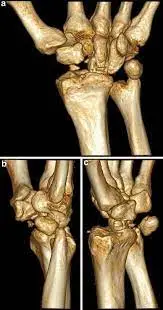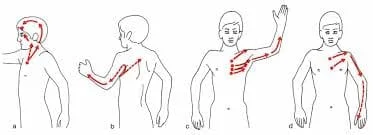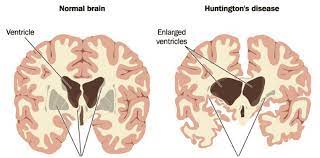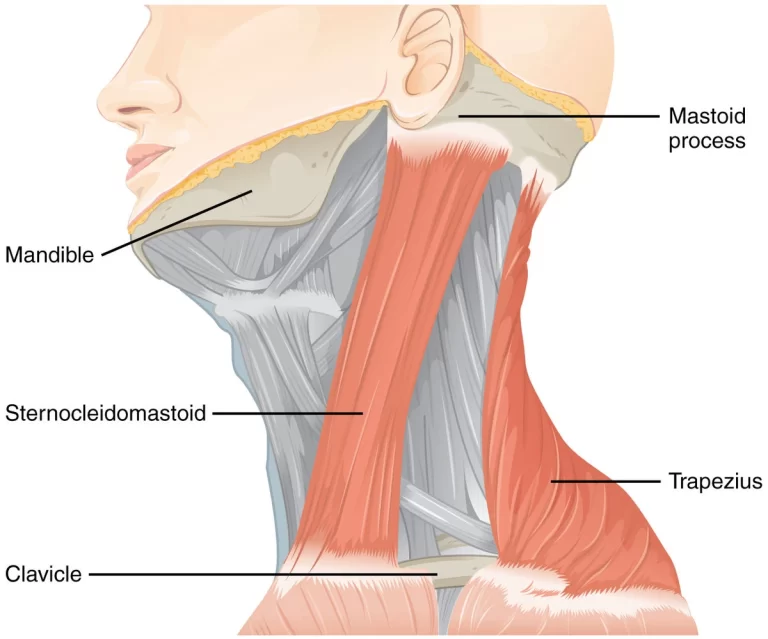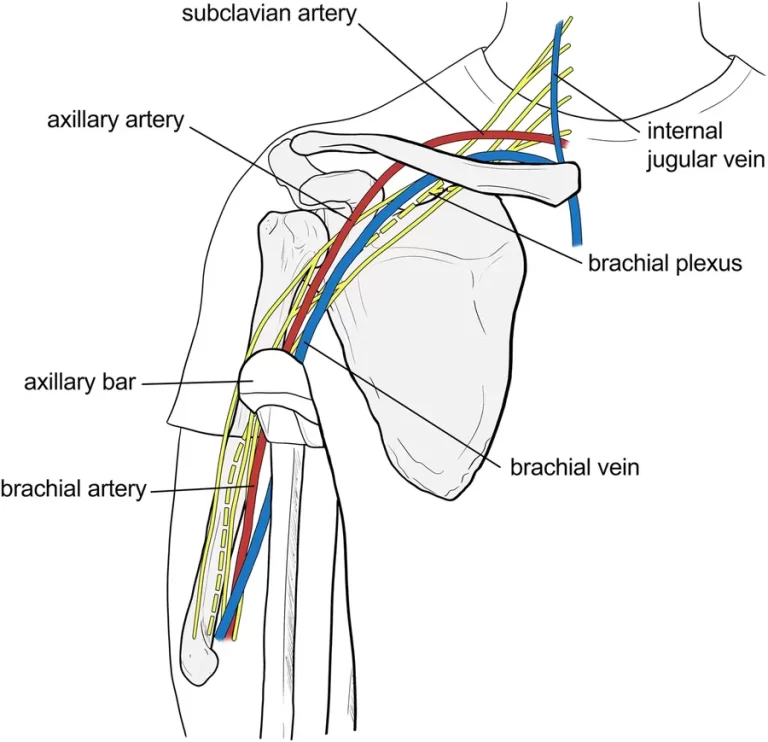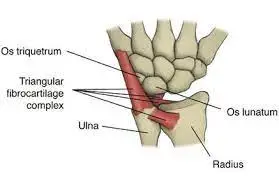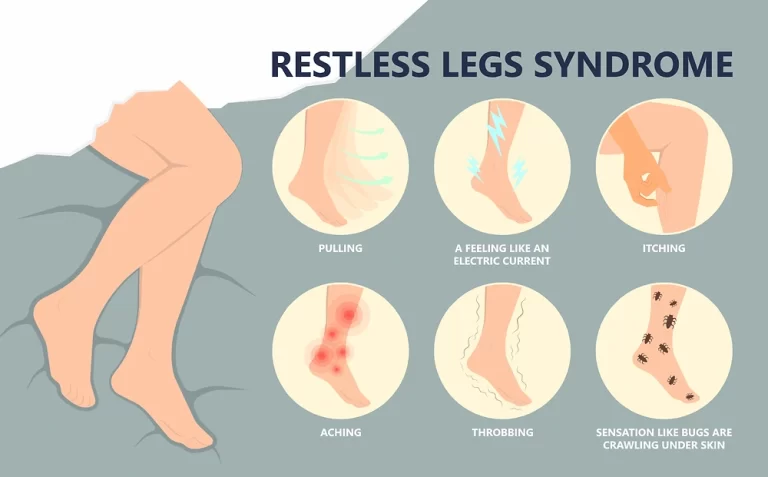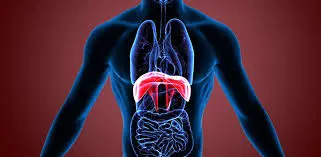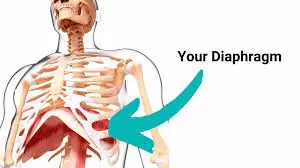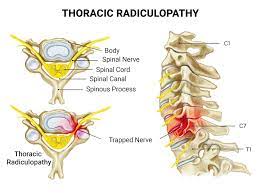Pisiform Impingement Syndrome
What is a Pisiform Impingement Syndrome? Pisiform impingement syndrome, also known as pisotriquetral impingement syndrome, is a condition that affects the wrist and can lead to discomfort and pain. The bone is a small, pea-shaped bone located in the wrist, on the ulnar side of the hand (pinky finger side). It articulates with the triquetral…

